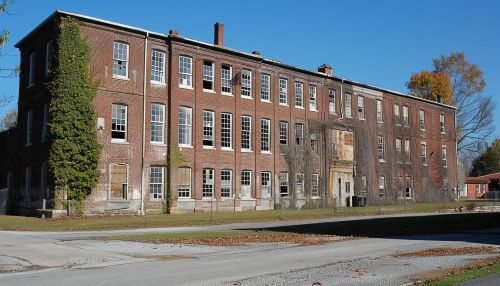Cotton mill
History
The Industrial Revolution marked a major turning point in human history, as it led to the development of mechanized production methods. One of the key industries that emerged during this period was the cotton mill industry. The first cotton mills were established in the 18th century and were powered by water or wind. These early mills were relatively small and produced cotton thread for hand weavers.


The invention of the spinning jenny and the water frame in the mid-18th century revolutionized the cotton industry. These machines allowed for the mass production of cotton thread, which in turn led to the growth of the cotton mill industry. By the end of the 18th century, cotton mills were becoming larger and more efficient, with the introduction of steam power and the development of new machinery.
Cotton Mill Operations
A cotton mill is a factory that houses spinning and weaving machinery. Typically, raw cotton is processed into yarn or cloth on the premises. The process begins with the raw cotton being cleaned to remove impurities. The cleaned cotton is then carded and combed to align the fibers, which are then spun into yarn. The yarn is then woven into cloth. The entire process is mechanized and can be controlled by a small number of workers.
Impact on Society
The rise of the cotton mill industry had a profound impact on society. It led to the growth of industrial towns and cities, as workers moved from rural areas to work in the mills. This urbanization led to significant social changes, including the growth of the working class and the development of new social and political ideas.
The cotton mill industry also had a significant impact on the economy. It was a major driver of the Industrial Revolution, contributing to economic growth and the rise of capitalism. However, it also led to significant social and environmental problems, including poor working conditions, child labor, and pollution.
Modern Cotton Mills
Today, the cotton mill industry has evolved significantly. Modern mills are highly automated and use advanced technology to improve efficiency and quality. However, the basic process of turning raw cotton into yarn or cloth remains the same.
Despite these advances, the cotton mill industry continues to face challenges. These include competition from synthetic fibers, environmental concerns, and issues related to labor conditions in developing countries.
